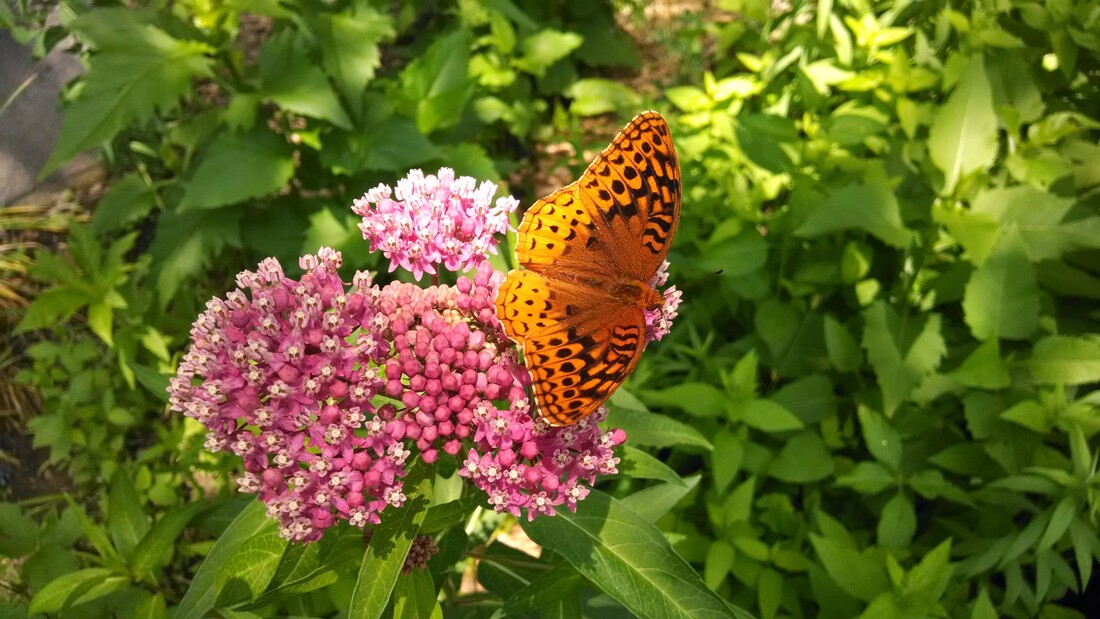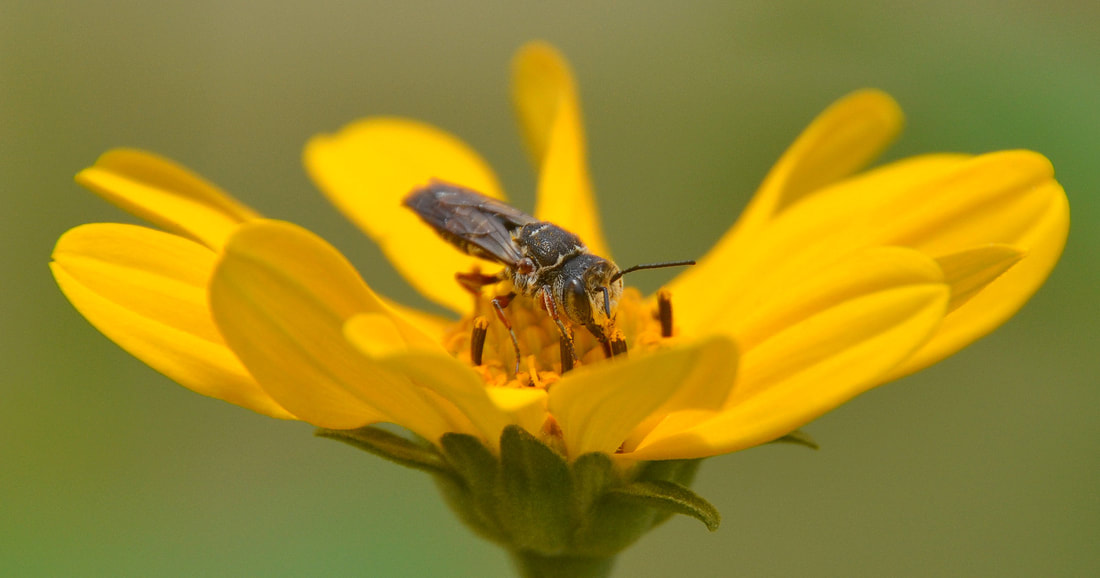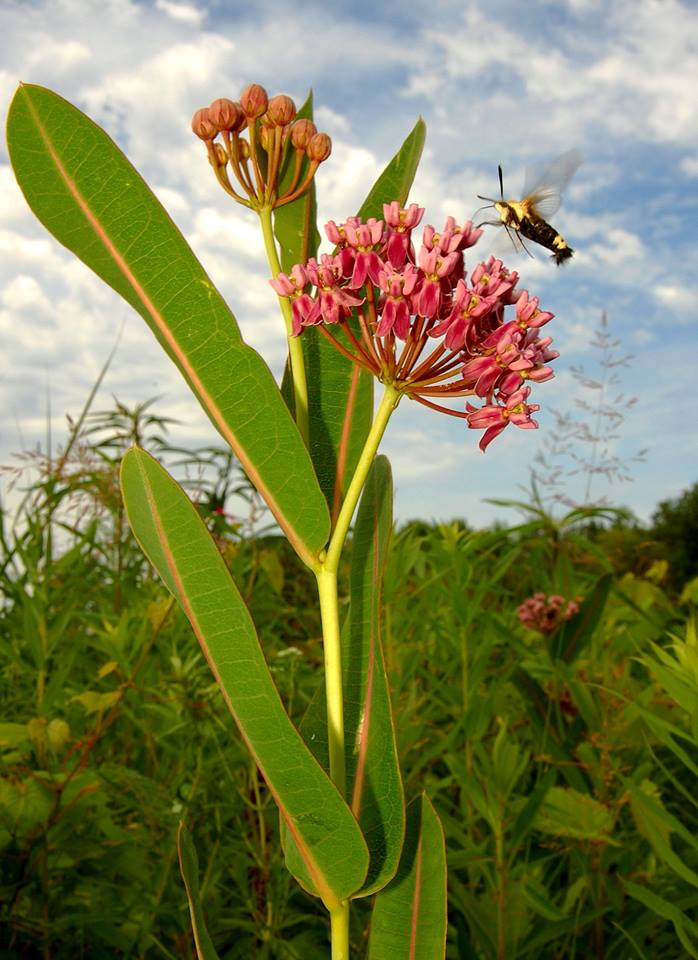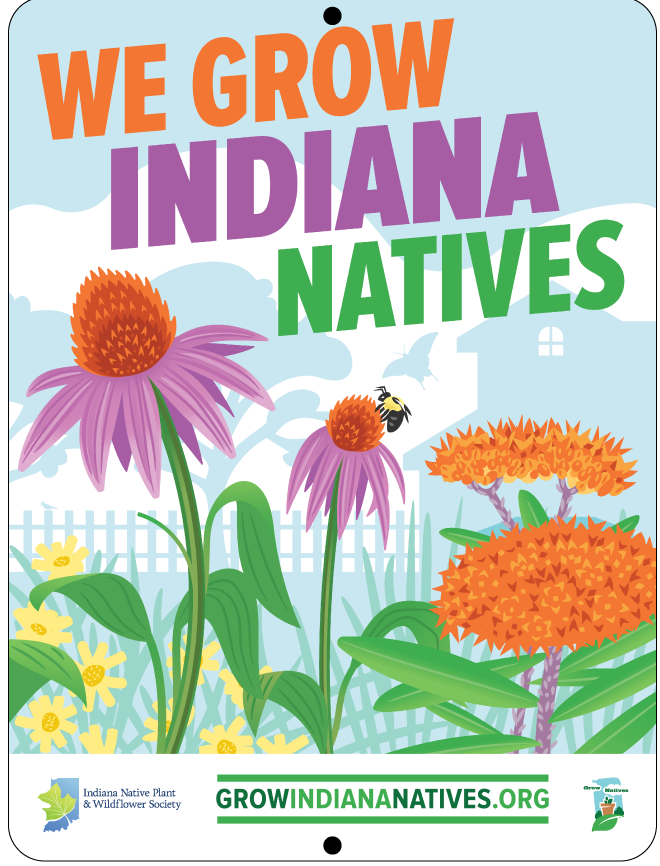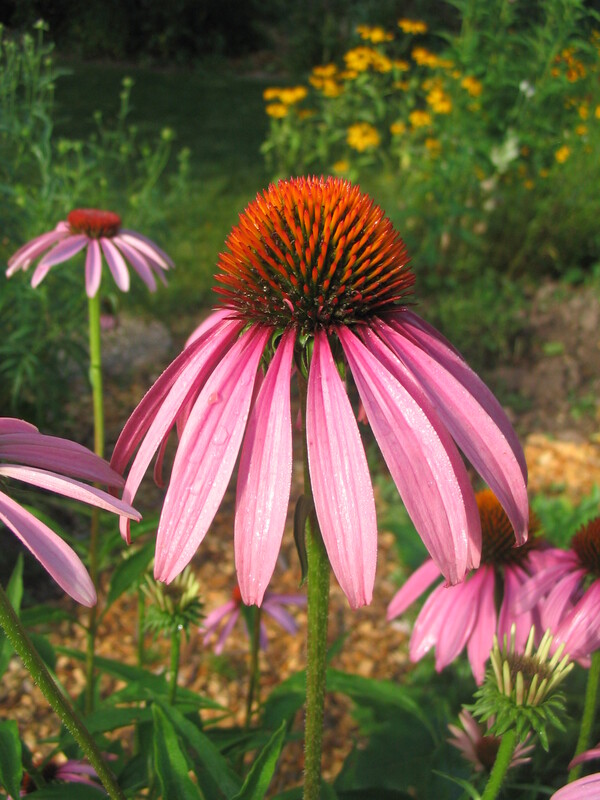|
“In the past, we have asked one thing of our gardens: that they be pretty. Now they have to support life, sequester carbon, feed pollinators and manage water.”
— DOUG TALLAMY
MC-IRIS is proud to be a partner of Homegrown National Park™
|
Restoring Biodiversity One Person at a Time
We Can Do This!
|
Register your native plantings on the map here!
|
And while you are here....
Have you certified your native planting in Grow Indiana Natives? It's free, easy, and qualifies you to buy the Grow Indiana Natives sign for your garden. Apply to certify your native garden today!

